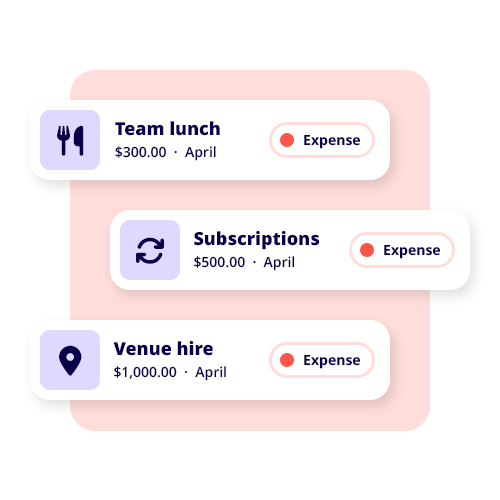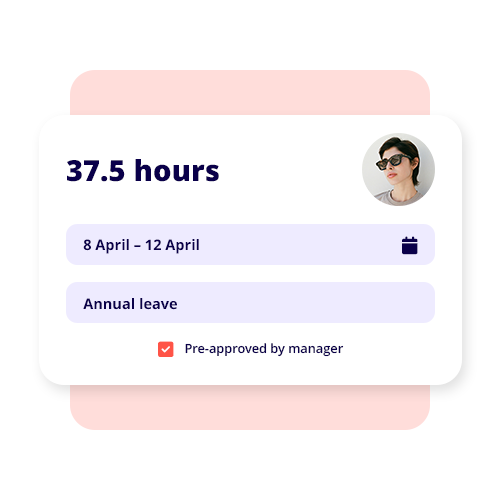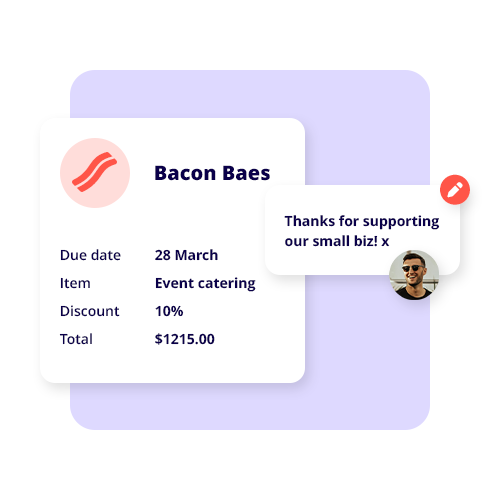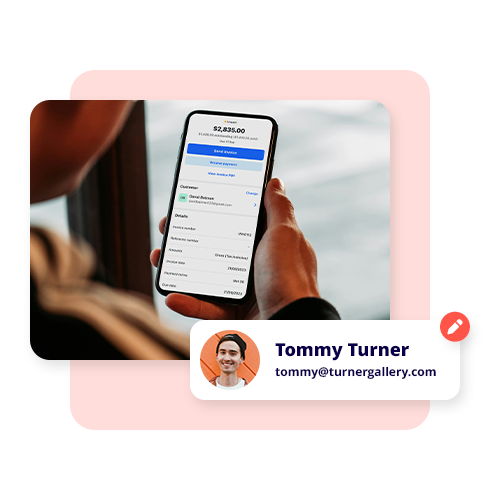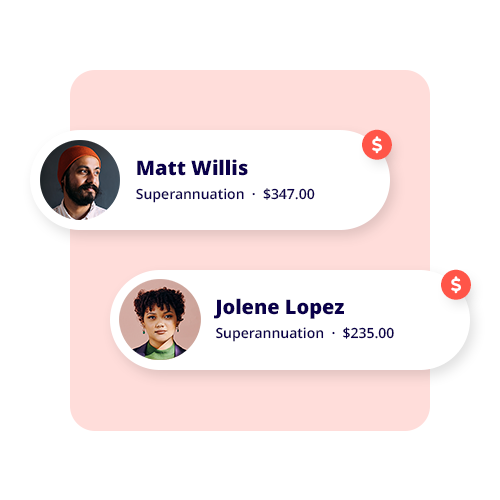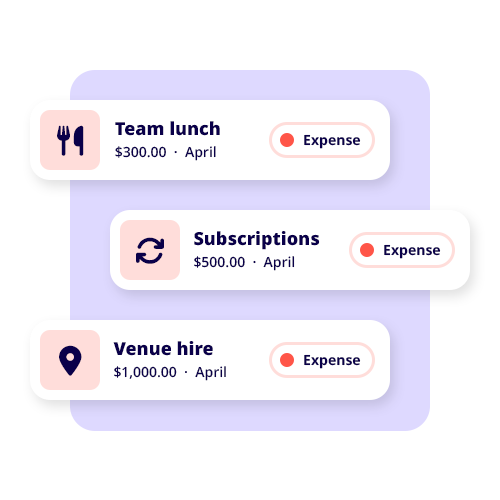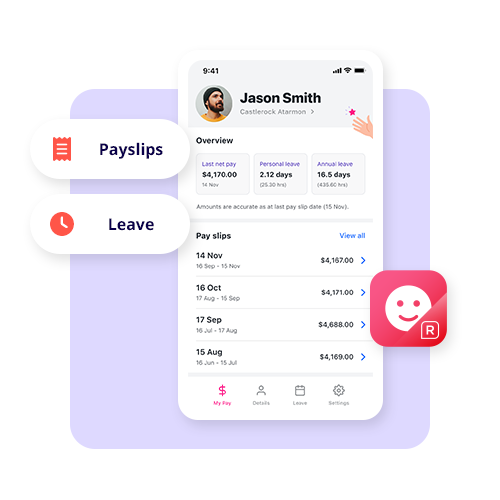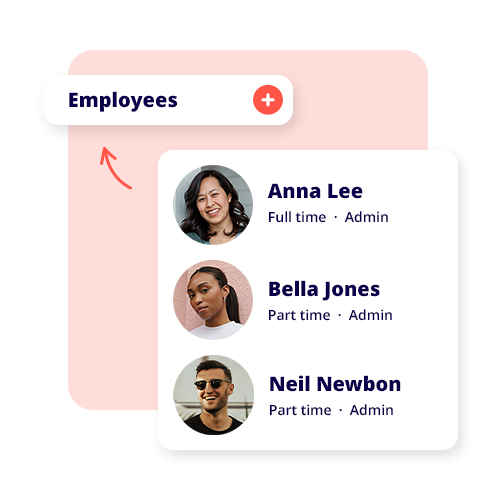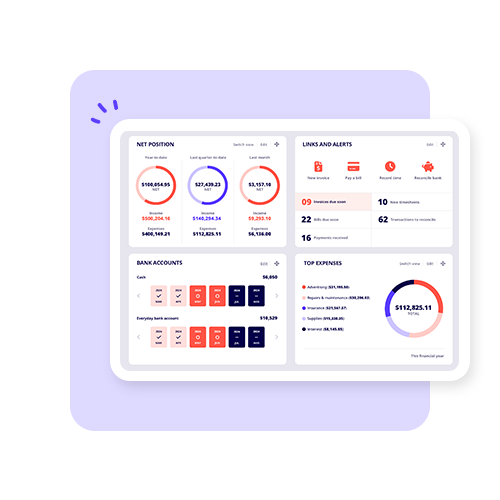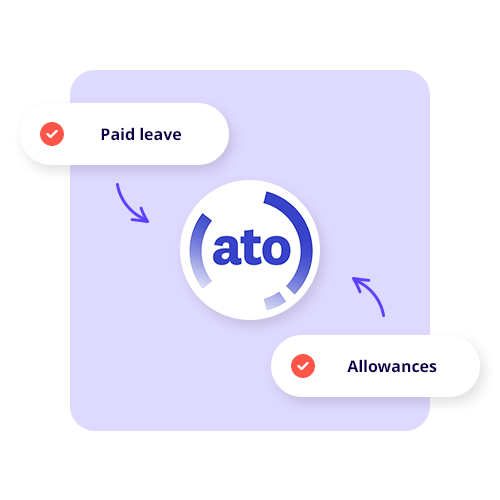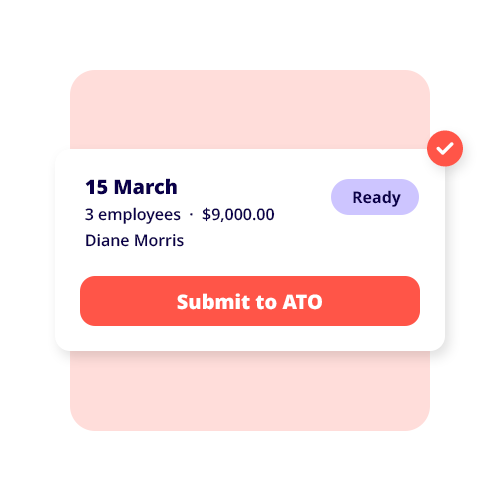TABLE OF CONTENTS
- How much annual leave are employees entitled to?
- How is annual leave calculated?
- When can annual leave be taken?
- Submitting and approving annual leave requests
- Can an employer refuse annual leave requests?
- Directing your employees to take annual leave
- Is an employer required to show annual leave balances on the payslip?
- Cashing out annual leave
- How does annual leave loading work?
- How does annual leave accumulate?
Properly managing the annual leave entitlements of your staff is a primary responsibility of all small business owners. Annual leave is, of course, a necessary legal right of all full and part-time employees.
You need to manage this correctly to comply with legally enforceable National Employment Standards (NES). Neglect annual leave at your peril!
Let’s get into the weeds as to how annual leave works and what you can and can’t do with your employee’s annual leave.
How much annual leave are employees entitled to?
Every year, full and part-time employees are entitled to 4 weeks of annual leave based on normal working hours.
For full-time employees, this usually means 20 working days of paid leave. For part-time employees, this four-week annual leave entitlement is deployed on a pro rata basis based on the number of hours worked per week.
Casual employees do not receive annual leave.
Some awards can also affect annual leave entitlements, but never in a way that lessens these minimum leave entitlements.
How is annual leave calculated?
Based on the minimum of 4 weeks of annual leave, the formula to calculate annual leave is rather simple. All you need to do is multiply the number of weeks an employee has worked by the annual leave accrual rate. (Note: annual leave accumulates weekly).
- Full-time employees (working a 38-hour standard week) accrue annual leave at 2.923 hours per week.
- Part-time employees accumulate the relevant pro rata proportion of 2.923 hours of annual leave per week.
When can annual leave be taken?
Annual leave can be taken by an employee immediately upon accumulation. However, it also must be ‘reasonable’ to do so. This, of course, opens up a world of nuance.
It’s usually appropriate to expect a prior request for annual leave before said employee takes leave. However, annual leave can only be denied if — you guessed it — it’s reasonable.
Submitting and approving annual leave requests
An employee can submit an annual leave request in various ways. You may have a formal system, such as a leave tracker, or use anything from email to messaging services like Slack, Outlook, or Google. However, you should have a written agreement in some form for taking and approving annual leave to have a clear legal record.
Can an employer refuse annual leave requests?

While you can deny unreasonable annual leave requests, this should be done fairly and tactfully. Some reasons you may deny annual leave include:
- Not enough annual leave accrued
- Not enough notice
- No capacity to meet operational requirements
- Clear negative impact on the business.
Any annual leave taken should be negotiated between yourself and your employees. Think carefully about denying a ‘reasonable’ annual leave request.
Directing your employees to take annual leave
Under certain circumstances, you may direct employees to take unused annual leave. The rules for this are usually laid out in the award system.
These circumstances include excessive unused annual leave and business shutdowns such as Christmas and New Year.
Is an employer required to show annual leave balances on the payslip?
It’s good practice, useful, and highly encouraged, but not compulsory to show annual leave balances on employee payslips.
Cashing out annual leave
When an employee quits your business with an annual leave balance, the unused leave is typically cashed out and paid to the employee, along with all outstanding entitlements such as hours worked, overtime, and sometimes long service leave.
Some awards and agreements will have nuances depending on the company, employment contract, and state, but employees are always entitled to annual leave according to their final balance.
How does annual leave loading work?
Leave loading is an optional arrangement you can make with your employee. Under this arrangement, employees accrue annual leave at a higher rate while taking leave. Leave loading is often used as an incentive and recruiting tactic.
How does annual leave accumulate?
Annual leave will accumulate from your employee’s first day of employment. Your full or part-time employees will also accumulate annual leave when they are on paid leave, including:
- Annual leave
- Sick and carer’s leave
- Family and domestic violence leave
However, annual leave does not accumulate if your employee is on unpaid leave.




